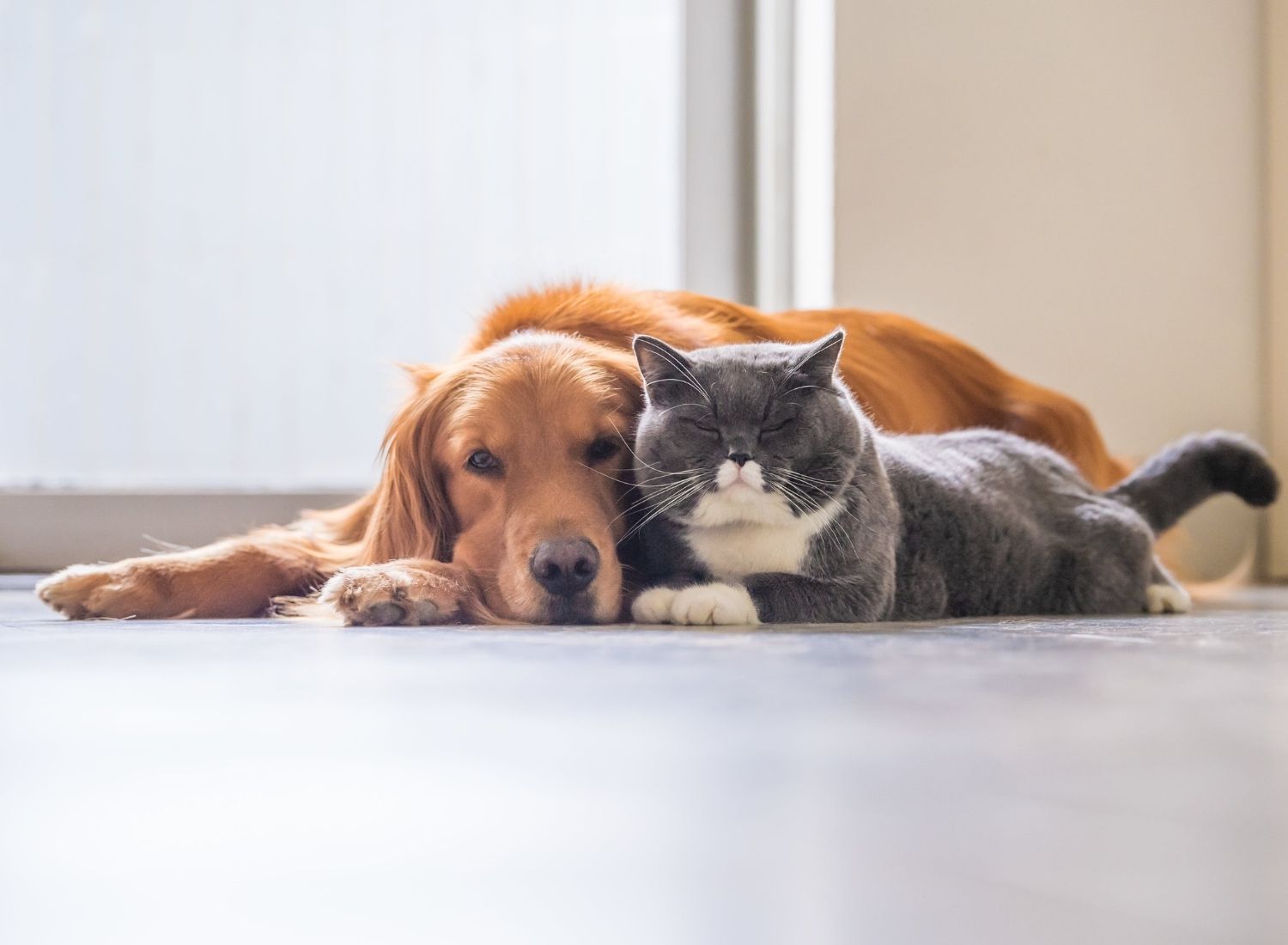Does Your Dog or Cat Need Pet Insurance?

Every pet owner has encountered a moment when their pet falls ill. While you can hire the services of a vet to help treat your pet, treatment can be quite costly and you might not have the emergency money set aside to treat your pet. The last option would be to let your pet undergo economic euthanasia, which means putting down your pet to end its’ suffering. Most people opt to euthanize their pets for economic reasons, where you cannot afford the treatments. Putting your pet to sleep in a humane way will still cost you but not as much as you might have had to spend on the treatment to help your pet get better or to maintain your pets medical requirements. So, what can you do? Some pet owners are looking at opting in to pet insurance as a way to help supplement their expenses.
What is covered in pet insurance?
Pet insurance has become quite popular among pet owners. Similar to human health insurance, pet health insurance has different types of coverage and each cover caters to different conditions at different costs. Pet insurance is similar to homeowner’s insurance, but specifically for your pet. You will have a policy with specific coverage, deductible amounts and monthly costs and get an outline of the reimbursement process with the insurance provider. But, the most common types of coverage you can choose from include accident and illness, accident-only, and wellness plans.
Accident: A coverage that covers accidental injuries like your pet being hit by a car, poisoning or ingestion of a foreign object, and other physical injuries.
Accident and Illness: A comprehensive coverage that pays for veterinary treatment for pet diseases, injuries, most illnesses, and any changes to your pet’s normal condition.
Wellness: A coverage that covers your pet’s preventative care costs which typically includes preventative care costs, vaccinations, regular tests and annual check-ups, and dental work. It does not cover illnesses, diseases or accidents.
You might opt to include wellness coverage with an accident and illness policy to cover preventative care costs as well as injuries and illnesses. Check with your pet insurance provider to see if they can cover extras in their policies.
Levels of Coverage
Each type of coverage covers different issues and offers different levels often ranging from basic, enhanced, and premium levels. The basic is the least expensive with the lowest level of coverage. You can however customise to fit your pet’s needs. Most plans cover unexpected injuries and accidents like foreign object ingestion and broken bones, prescription medicine, surgery, emergency exam fees, unexpected illnesses like cancer, etc., and tests like blood tests.
Some pet insurance plans also cover alternative therapies. Pre-existing conditions are almost never covered. Although preexisting conditions are not covered, some insurance providers will cover curable conditions after giving you a waiting period where no recurring symptoms are observed. The waiting period for most pet health insurance waiting ranges from 10 to 30 days before the start date of the coverage.
According to experts, whichever coverage you opt for, it’s recommended that you get your pet insurance while your pet is young and healthy since most policies exclude pre-existing conditions. You do not want to take a cover several years later when your pet’s health conditions have deteriorated and the cover cannot help them. Check out some of the top insurance for pets for dogs & cats.
The cost of pet insurance
The cost of your pet health insurance coverage depends on various factors from the breed, dog or cat’s age, health profile, and the level or type of coverage you choose. This is similar to when you are taking a human insurance cover and some of the common factors include deductibles, lifetime, annual premiums, co-pays, annual and incident caps.
Most people get their cats or dogs pet insurance cover when they are still puppies or cubs. At this young and healthy stage, the monthly premiums are usually at the lowest. However, as pets age, they become more susceptible to illnesses and other health complications. This raises pet insurance premiums.
Getting pet insurance for your dog or cat with the right pet insurance plan can provide your dog with diagnostics, treatments, and medications and also protect your pet from missing out on the care they need. It also gives you peace of mind. In general, it saves you money on unexpected veterinary bills and reimburses you for covered costs such as in cases of accidents and illnesses. If you are financially stable, purchase a wellness plan in addition to the accident plan to reimburse some of the costs of routine care. You can never predict when your dog or cat will get sick so get the right plan at the right time and avoid spending up to thousands of dollars on veterinary care and treatments.



